In The Pioneers of Lakeview, Robert Ferguson details one such cemetery relocation story, proving that just because you’re dead and buried, doesn’t mean you won’t be moving.
Nora Johns Hill may have been the first recorded death of a white American in Seattle, but her real notoriety began only after she passed away. For 31 years after her death, her body meandered from one cemetery site to another, until finally finding peace in Lakeview Cemetery.
Nora was first laid to rest in 1855 on the east side of Maynard’s Point next to a tidal lagoon and now, present-day Occidental Avenue, South. Then a real estate boom happened and Nora’s grave was removed to The White Church on the corner of Second Ave and Columbia.
Up until that time, Nora had managed 10 years worth of peace and quiet.
In 1865, her body, along with a number of other early pioneers, was exhumed from the White Church cemetery and moved to what was then known as the Old Seattle Cemetery. Here, she claimed 19 years of uninterrupted rest until 1884 when city planners decided Seattle needed a downtown park. The motivation behind this move is not entirely clear, but most probably was simply that the land had first been intended as a park, and it had become possible to make it one. Or perhaps it was that Seattleites did not want a cemetery in the middle of their growing city. (1)
Old Seattle Cemetery fit the local park bill nicely and was converted to what’s known today as Denny Park. Once again, the headstones and bodies were exhumed and moved to either Mount Pleasant Cemetery, the Masonic Cemetery (now known as Lake View) or the first Washelli Cemetery in the Capitol Hill neighborhood.
Nora was placed in Washelli Cemetery.
Unfortunately, the desire for open green spaces seemed a growing trend because in 1886, the city converted Washelli cemetery to what’s now known as Volunteer Park. Thus, after only a 2-year respite from her last ‘move’, Nora Hill’s remains were exhumed for a fifth and final time in 1886, and moved across the way to Lake View Cemetery Lot #550 where they’ve remained ever since. (2)
It’s not irreverence – it’s good business
Yet Seattle is anything but anti-cemetery. In fact, for some people, burials were a booming business. Consider this anecdote culled from the Klondike Gold Rush days:
“During [this time], Seattle was a stopping off place for men returning from the gold fields. Often these visiting miners, with gold in their pockets, were robbed and dumped into Elliott Bay. At best, they would survive, but many did not, presenting the city with a problem. King County offered $50 to the funeral director who would pick up and bury these victims. $50 was more than an ample sum for these services. There are stories of several funeral coaches racing each other down the hills to the waterfront in order to be the first to collect a body and the fee for handling it.” (3)
Even now, the waters run deep
Today’s visitors might not realize the extent of Lakeview’s colorful past. Yet these eccentric roots have helped turn this cemetery into a place where the idea of celebrating a life fully, lived is worn like a badge.
At any given time, there can be an Asian family honoring ancestral memories, history buffs tracking down brothel madam Lou Graham (located in Lot #926) or a Russian baroness, a line of martial art film buffs making their way to Bruce and Brandon Lee’s graves, photographers delighting in the various Woodmen of the World markers, or even conspiracy theorists finding an “Aha!” moment at one of the dual, 32nd degreed York and Scottish Rite Masons.
Perhaps that Seattle insurance company’s marketing slogan really did get the local personality right after all.
“We’re a lot like you – a little different.”
Resources:
1. Laura C. Daly, A History of Cemeteries in the City of Seattle, sponsored by Evergreen Washelli Cemeteries, 1984, Page 10.
2. Robert L. Ferguson, The Pioneers of Lakeview: A Guide to Seattle’s Early Settlers And Their Cemetery, Thistle Press, 1995, Page 88.
3. Laura C. Daly, A History of Cemeteries in the City of Seattle, sponsored by Evergreen Washelli Cemeteries, 1984, Page 7.
Other resources:
The Seattle Public Library Special Collections – Genealogy department

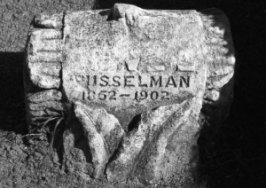

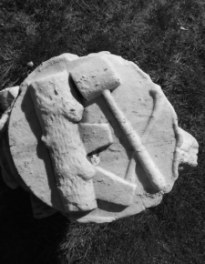
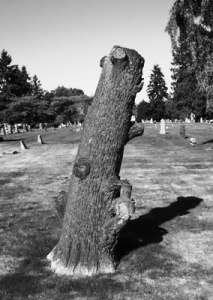
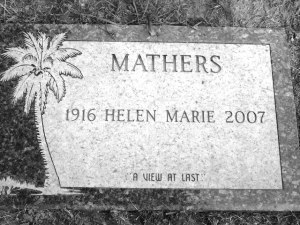

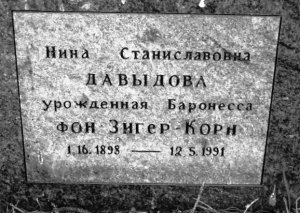
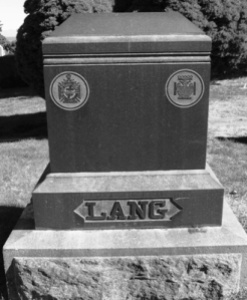

That was a beutiful story…never read a thing like that before!
Interesting! I had no idea that a single body got moved 5 times–how frustrating!